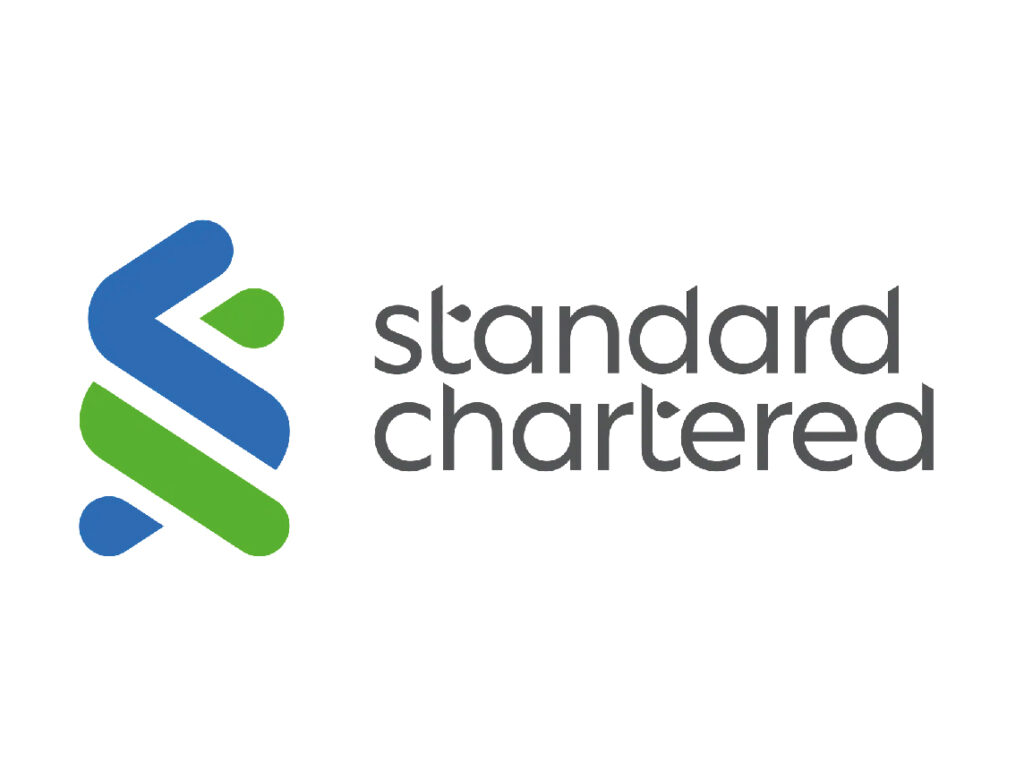Continuous Learning for Teams:
Why It Matters and How to Make It Work
By HDS – Human Development Solutions
In this article, we’ll explore what continuous learning really means, its key benefits, how it impacts organizations, and practical strategies to create a culture of learning in your workplace.
In today’s fast-evolving business landscape, one-off training programs are no longer enough. High-performing organizations now recognize the need for continuous learning for teams – an ongoing process that fosters adaptability, performance, and long-term growth. This approach is quickly becoming a hallmark of the most effective corporate training companies.
What Is Continuous Learning?
Continuous learning is the ongoing process of acquiring new knowledge, refining existing skills, and developing behaviours that support professional growth. Unlike traditional training, which often takes place during onboarding or at set intervals, continuous learning is embedded in everyday work.
This concept is particularly powerful when applied to teams: encouraging individuals not only to grow personally but also to learn collaboratively, support one another’s development, and align their growth with strategic goals. It includes a wide range of activities:
→ On-the-job learning
→ Formal and informal training
→ Coaching and mentoring
→ Peer-to-peer learning
→ Digital and microlearning modules
Why Continuous Learning for Teams Is Critical
The world of work is changing faster than ever before. According to IBM, over 120 million workers globally will need reskilling due to AI and automation. The half-life of skills is shrinking, making continuous learning not just a perk but a necessity.
Here’s why it matters for teams:
- It ensures agility in adapting to industry and technology changes.
- It creates a more resilient and innovative workforce.
- It improves collaboration and communication within teams.
- It supports employee motivation and retention.
Without a continuous learning mindset, even the best talent can stagnate, disengage, and eventually leave.
The Benefits of Continuous Learning in the Workplace
Adopting a culture of learning within teams yields measurable, long-term benefits:
1. Enhanced Performance and Productivity
Teams that continuously learn are better equipped to solve problems, adapt quickly, and maintain high standards of performance. They develop faster, work smarter, and innovate more confidently.
2. Increased Employee Engagement and Retention
Employees who feel they are growing are more engaged. According to LinkedIn, 94% of employees say they would stay at a company longer if it invested in their learning.
3. Greater Team Cohesion
Shared learning experiences strengthen trust and collaboration. Teams that grow together communicate better and align more easily with company goals.
4. Futureproofing the Organisation
Shared learning experiences strengthen trust and collaboration. Teams that grow together communicate better and align more easily with company goals.
5. Improved Customer Experience
Engaged, informed teams serve customers better. They’re more confident, empathetic, and effective, which directly impacts satisfaction and loyalty.
How to Foster a Culture of Continuous Learning for Teams
Creating a learning culture takes intentionality. Here’s how your organisation can lead the way:
1. Make Learning a Core Value
Embed learning in your mission, leadership behaviours, and team rituals. Recognise and reward growth, not just results.
2. Personalise the Learning Journey
Every team member has different needs. Offer multiple formats (e.g. workshops, digital content, coaching) and let employees choose paths that align with their roles and aspirations.
3. Blend Formal and Informal Learning
Combine structured development (e.g. courses, certifications) with real-time learning (e.g. job shadowing, reflection, mentoring). Encourage knowledge sharing across teams.
4. Use Technology Strategically
Modern learning platforms and mobile tools enable learning anytime, anywhere. Microlearning, gamification, and on-demand content make learning feel natural, rather than disruptive.
5. Measure and Improve
Track participation, performance improvements, and employee feedback. Use this data to refine your approach and demonstrate ROI.
The HDS Approach: Transforming Teams Through Experience
At Human Development Solutions (HDS), we believe learning is most impactful when it’s experiential. That’s why we go beyond traditional training, offering tailored development journeys rooted in real-world simulations, reflective practice, and team-based problem solving.
From business simulations to emotional intelligence workshops and customised strategic journeys, our solutions are designed to embed learning into the DNA of your teams. We empower transformation.
🔗 Explore our team learning experiences here: https://hdslearning.com/experiences
Why Choose HDS Among Corporate Training Companies?
We stand apart from other corporate training companies because we focus on what matters most: results through people. Our programs are:
✅ Fully customised to your business context
✅ Designed with adult learning principles
✅ Centered on engagement, relevance, and impact
✅ Led by expert facilitators with real-world experience
Whether you’re navigating change, building leadership capacity, or aligning teams around strategy, HDS is your partner in building a learning-driven culture.
Final Thoughts: Learning as a Strategic Imperative
In a world where disruption is constant, continuous learning for teams it’s a competitive advantage.
It drives performance, fuels innovation, and attracts top talent. It fosters alignment, resilience, and purpose. Most importantly, it helps teams and businesses thrive in the face of change.
If you’re ready to cultivate a learning culture in your organisation, let’s talk. The future belongs to those who never stop learning.
LATEST ARTICLES & CASE STUDIES

Standard Chartered

HSBC

